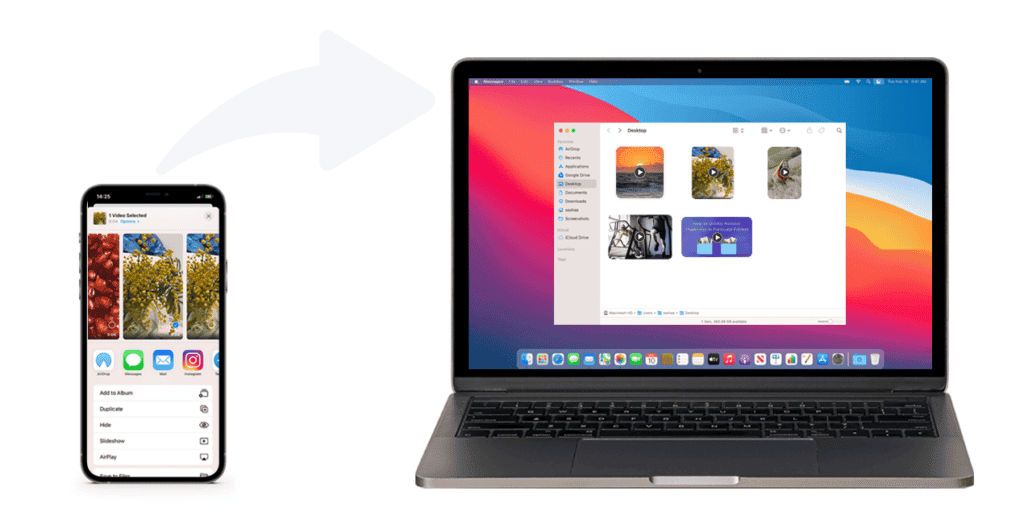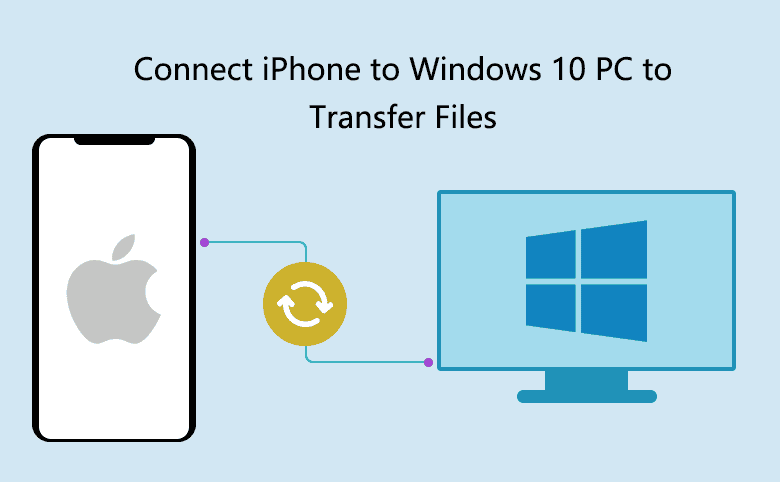In today’s digital age, the saying “the best camera is the one you always carry with you” rings true, especially for iPhone users who capture countless memories on their devices. While Apple’s Photos app is handy for managing these photos, relying on it alone is risky. Imagine losing or breaking your iPhone and losing all those precious memories at once.
To prevent this nightmare, you can diversify the way you store photos. Spread memories across platforms and storage methods, such as not putting all your eggs in one basket. In addition to making copies, use cloud services or external hard drives. They add layers of security and improve accessibility across devices and locations.
So while the Photos app is great for organizing your iPhone photos, it’s wise to take extra steps to keep your memories safe. With a diverse approach and proactive measures, you can enjoy your digital collection without worrying about losing it in one fell swoop. (Via: DigitalTrends)
The importance of keeping backups of your photos
Even if you try to back up your iPhone to iCloud or your computer, it’s wise to keep separate backups of your photos. Why? Retrieving photos from a folder or dedicated photo app is easier than from iCloud or a computer backup.
Consider this: accessing photos from a backup requires restoring them to another iPhone or using specialized software tools. This process is more cumbersome compared to simply opening a folder or app where photos are stored separately.
By maintaining separate backups, you make it easier to access photos and provide added security, providing peace of mind knowing your precious memories are easily accessible.
Apple provides convenient methods to transfer photos from iPhone. iCloud Photos syncs between iPhone, Mac, or PC. Third-party cloud apps like Dropbox offer alternative sync options. For those worried about cloud storage, there are traditional methods. The USB connection allows direct transfer. Applications can be uploaded to the NAS over Wi-Fi for secure transfer.
Users can choose the method according to their preferences to securely transfer their photo collections.
How to transfer photos on Mac using a cable
Transferring photos from your iPhone to your Mac using a USB cable may seem old-fashioned in today’s wireless era, but it remains the simplest and fastest method. Whether you’re using a USB-C to USB-C connection with the latest iPhone 15 models or an older USB to Lightning connection, the process is simple: your iPhone appears on your Mac as a traditional digital camera, allowing you to download photos with using the built-in macOS photo import tools or any other photo transfer utility or management application of your choice.

Since you’re using a wired connection, it’s usually faster than wireless methods. Most iPhone models transfer photos at USB 2.0 speeds of around 480Mbps, while the latest iPhone 15 Pro and iPhone 15 Pro Max support USB 3.2 speeds of up to 10Gbps, allowing you to offload even large photo libraries in minutes.
Here’s how to do it:
- Stage 1: Unlock your iPhone and connect it to your Mac using the appropriate USB cable.
- Step 2: If this is the first time you’re connecting your iPhone to this computer, you’ll be prompted to trust the connection on both devices. Select the Trust option when it appears on your iPhone screen and confirm the connection on your Mac. If prompted, enter your iPhone passcode.
- Step 3: After connecting your iPhone to your Mac, open the Photos or Image Capture app.
iPhone and Mac photos will be two separate things
If you choose Photos, you’ll find that it functions much like the Photos app on your iPhone. You can view and manage your photos here, but remember that when transferring via USB cable, it’s a one-way process. Although you can organize your photos into albums on your Mac, they’ll remain separate from any albums you’ve created on your iPhone unless you use iCloud Photos to sync them through the cloud.
Gizchina News of the week
- Step 4: In Photos or Image Capture, find and select your iPhone from the left sidebar.
- Step 5: If you’re using Image Capture, after selecting your iPhone, click the drop-down menu next to “Import into” and select the destination folder where you want your photos to be saved.
- For Photos users, you have the option to click the drop-down menu next to Album to organize your imported photos into an existing album or create a new one.
- Step 6: To transfer all the photos from your iPhone to your Mac, use the “Download All” option in Image Capture or the “Import All” option in Photos.
You can also individually select specific photos by clicking on them, then use the “Download” or “Import” buttons to transfer only the selected images.
Note that in Photos, selecting “Import all new photos” will skip any images previously imported into your library. However, if you choose to import individual images, duplicates may occur, even if they are already in your library.
How to transfer photos from iPhone to Windows computers
Transferring your photos to a Windows PC via USB is almost as easy as it is to a Mac, thanks to Microsoft’s built-in photo import tools tailored for smartphones and digital cameras.

The only additional requirement is that depending on your version of Windows you may need iTunes 12.5.1 or the later installed or newer Apple Devices app to make sure your computer recognizes your iPhone. Whether you download it from the Microsoft Store or directly from Apple’s website doesn’t matter; the important thing is that iTunes or Apple devices are present and up to date. Once you set this up, everything else unfolds in native Windows apps.
- Stage 1: Unlock your iPhone and connect it to your computer using the appropriate USB cable.
- Step 2: When a dialog box appears on your iPhone, select “Allow” to allow your computer to access the photos and videos on your device. Then enter your password to confirm.
- Step 3: Open the Photos app on your computer.
- Step 4: Choose Import near the top right corner.
- Step 5: Select your iPhone from the list of connected devices that appears and wait for the content to load from your device.
- Step 6: Select one or more photos or videos to import.
- Step 7: Choose Add the (#) element.
- Step 8: Select the folder where you want to save your photos and select Import.

How to sync your photos to a Windows or Mac computer using iCloud
To sync your photos to your Mac or PC using iCloud, you can use iCloud Photos if you have enough iCloud storage. However, it’s important to note that this method syncs your entire photo library across all your devices. This includes your iPhone, computer, iPad and Apple TV. While this ensures that all of your photos are readily available in your ecosystem, it’s a comprehensive approach.
If you prefer to manage your photo library with Apple’s Photos app and are willing to invest in iCloud storage, this is the optimal and simplest method. With it, you can access your photos on your computer shortly after taking them. Here’s how to set it up:
1. Make sure you have enough iCloud storage to accommodate your photo library.
2. On your iPhone, go to Settings, then tap your name at the top to access iCloud settings.
3. Tap iCloud, then select Photos.
4. Turn on the iCloud Photos option. You may need to wait for your photos to upload to iCloud depending on your internet connection speed and the size of your library.
5. Once your photos are uploaded to iCloud, they will automatically sync to your Mac or PC if iCloud Photos is also enabled on your PC.
By following these steps, you’ll seamlessly sync your photos across all your devices using iCloud Photos, providing convenient access to your entire photo library on your computer.

The bottom row
Whether you’re transferring photos via USB, using iCloud Photos, or syncing with other cloud services, there are a variety of methods for storing your iPhone photos on your Mac or PC. Each has its advantages: the simplicity of USB, the comprehensive synchronization of iCloud, or the flexibility of third-party clouds.
The best method depends on your preferences, storage needs, and workflow. Regardless of the route, the goal is the same: save your photos for easy access when you need them – to view, share or save precious moments.







